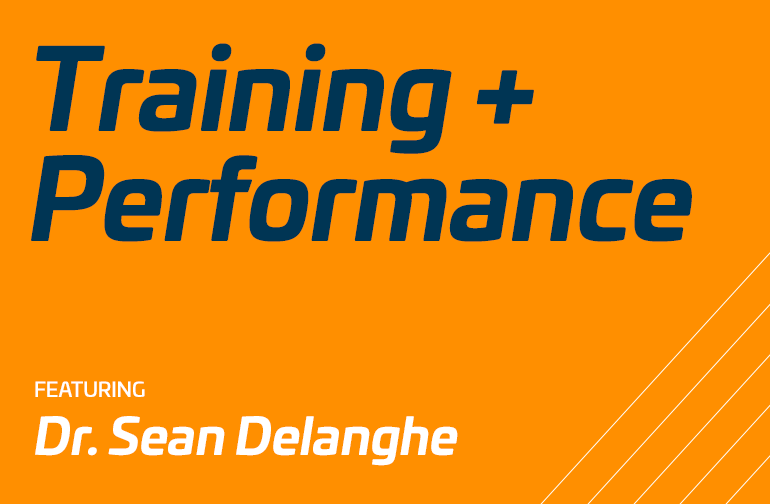Last month I wrote about how much of a difference light shoes make. In summary, the study I referenced showed losing 100g/shoe will result in just under a 1% improvement in running economy (RE) as long as all other features remain equal.
At Health & Performance, this article generated a lot of good question s. The main ones revolved around if it was good to race in the LIGHTEST shoe possible.
s. The main ones revolved around if it was good to race in the LIGHTEST shoe possible.
In response, I discussed the importance of features such as cushioning providing a boost in RE. Utilizing a shoe that completely lacks cushioning will provide a boost from lost weight, but this change will be at the expense of the spring-like action from that missing cushioning.
Where is the perfect balance?
Once I explained this, the next question became: Where is the perfect balance? How much weight in cushioning is worth it, and just how much of a boost does it provide?
My easy answer was/is to go with a lightly cushioned racing shoe that feels comfortable, and to not worry about the rest. My favourite is the New Balance 1400, which comes in at just over 200g/shoe, but does have some cushioning. The cost of that 200g, I assumed, would be more than offset with the benefits that the 200g provided. That being said, in a world where we strive to be pro-science, evidence-based and anti-fake news, I wanted to dig a little deeper to provide a more clear and proven answer.
What is light enough?
It’s still a reasonable question: just how much cushioning is worth it? My first attempt to answer this question was to look at how much of a boost cushioning gives. This gets messy- the type, thickness and density makes it all a little too difficult to give a linear, predictable answer like we can achieve with weight.
So, another way to look at this is as follows: at what weight does the shoe really stop having a noticeable impact on running economy? In looking for an answer to this, I came across this great review study from 2015. Of the 1,044 articles that met their search criteria, 19 of the highest quality were included in the systematic review. With the combination of all of this high quality research, they concluded that a shoe weight of anything less than ~220g results in an undetectable change in RE.
In other words, whether you have a 100g shoe or a 200g shoe, from a weight standpoint, they suspect the impact on running economy will remain measurably unchanged.
Practical Applications
So, how do we apply this? First of all, it shows that there’s no need to push yourself to run barefoot and there’s no need to push to wear that crazy minimalist Vibram Five Finger-type shoe (which had a class action lawsuit against the brand because of false claims).
The answer is to find a shoe that weighs up to 220g that is packed with the features you need. Those features, such as cushioning or traction-generating spikes for a track/XC race will boost your performance without any measurable decrease in RE from a weight perspective.

